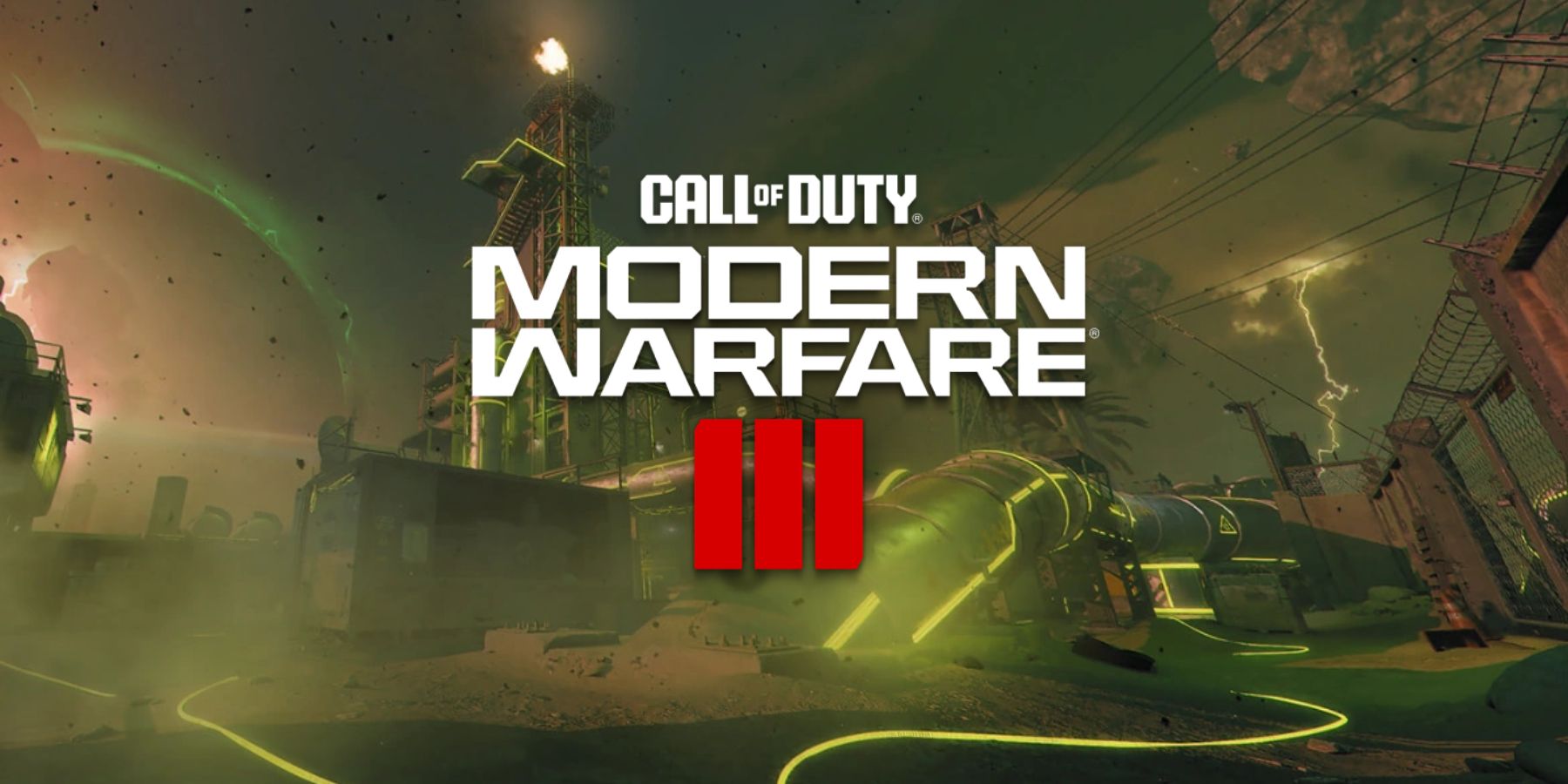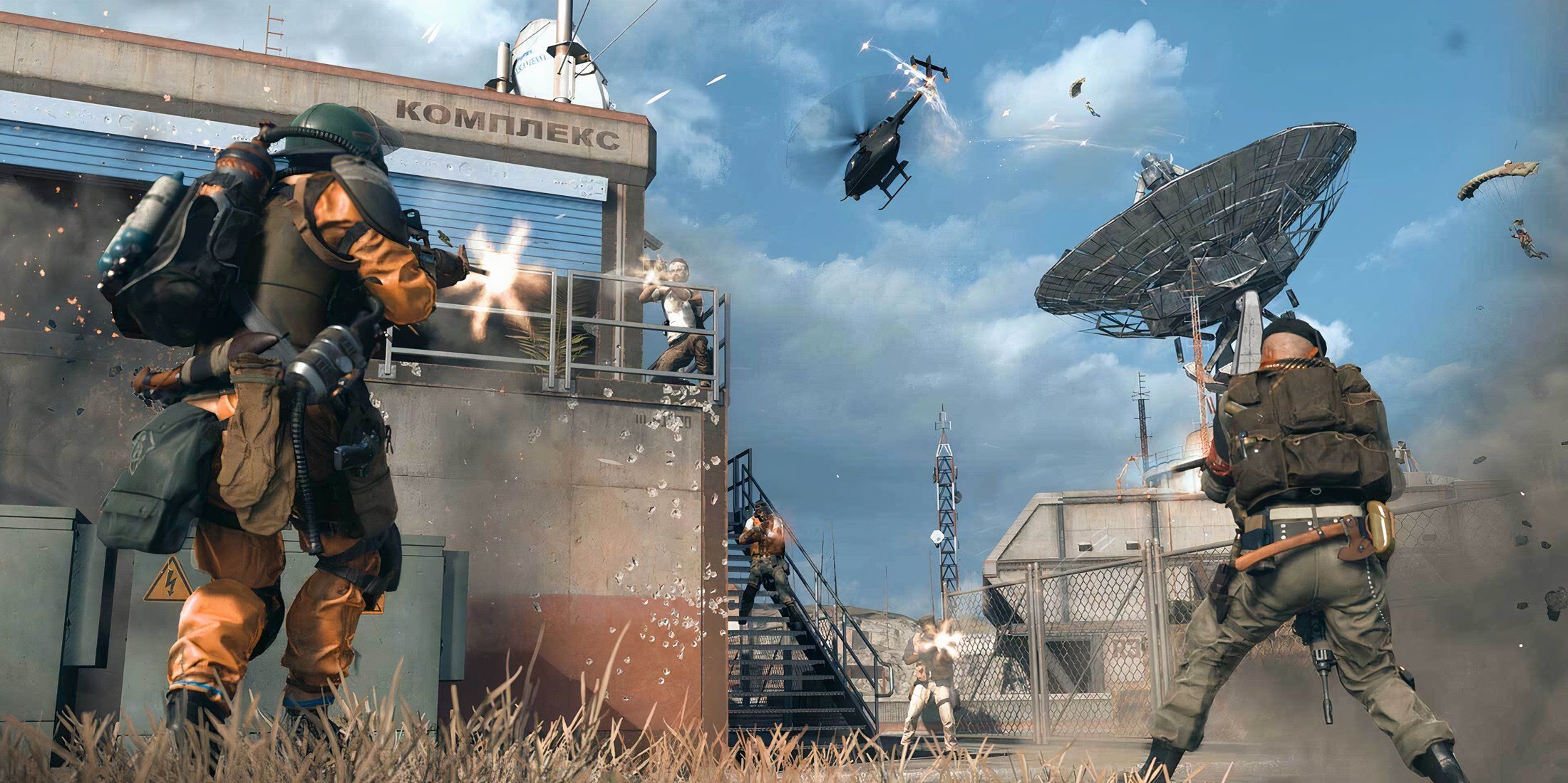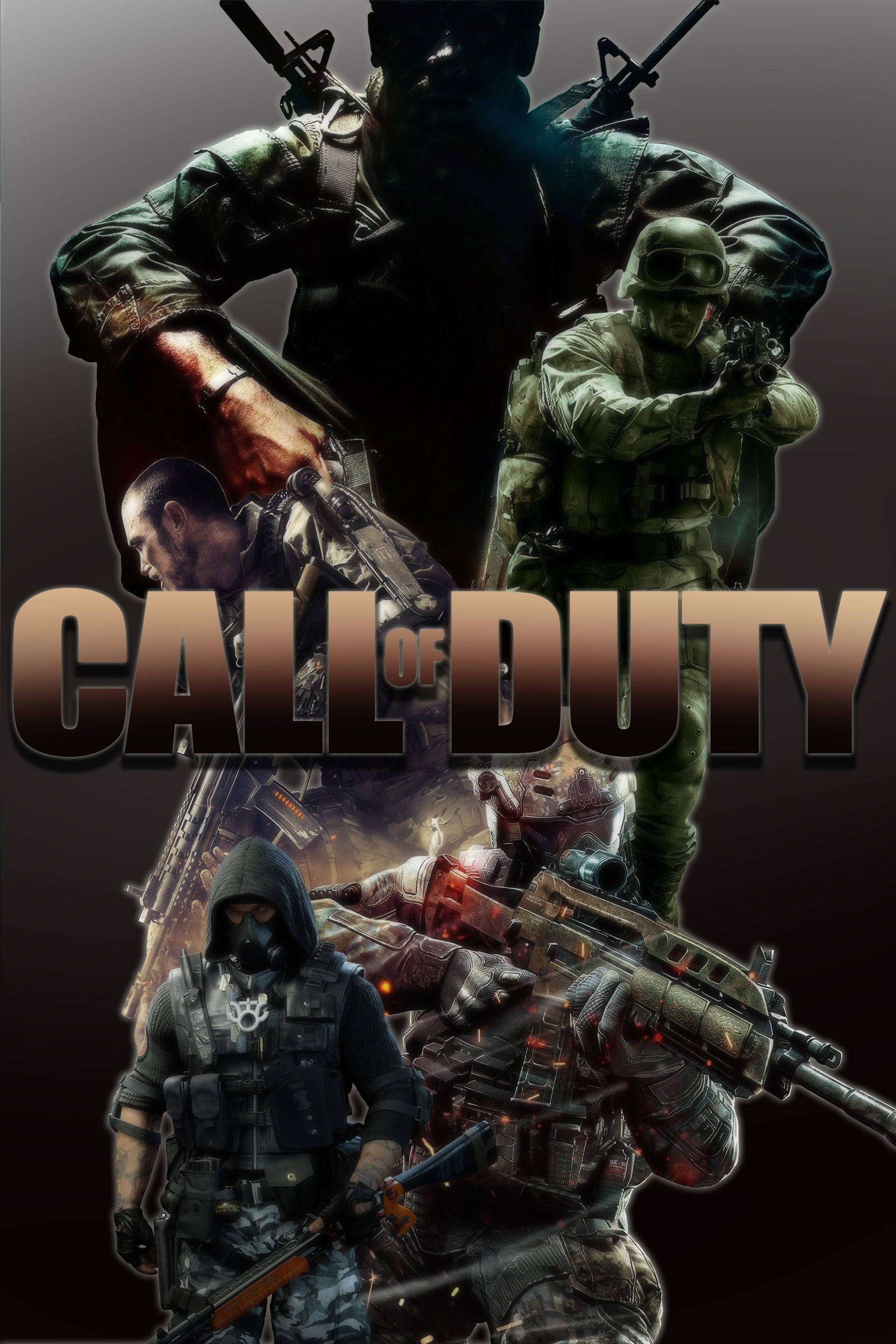Highlights
- Call of Duty regularly embraces nostalgia by reintroducing beloved maps like Nuketown into newer games to cater to longtime fans.
- Warzone features iconic maps from the Modern Warfare series, like Terminal and Quarry, in its expansive play spaces, creating a rich experience for CoD veterans. Blackout did the same, except it featured Black Ops maps like Firing Range, Turbine, and Buried in its design.
- Older maps from the Zombies mode are incorporated into locations from newer games, too, showcasing the timeless appeal and intricate design of these fan-favorite locations. Map cameos include Nacht Der Untoten in Forsaken, Area 51 from Moon in Classified, and Shi No Numa in Der Anfang.
Call of Duty is one of the longest-running and most successful AAA gaming franchises of all time. Over the past several years, Activision has carefully steered the direction of the franchise with the help of Treyarch, Infinity Ward, and Sledgehammer Games to make it a live-service juggernaut. Still, the popularity of the older games is undeniable, which has caused Call of Duty to regularly lean into nostalgia and reference beloved maps of the past.
Call of Duty plays into nostalgia not only by routinely remastering classic maps like Nuketown for each game in the Black Ops series, but also by incorporating smaller maps or nods to those maps in newer, larger ones. Multiplayer examples of this trend include Black Ops 2's Cove featuring Hijacked in its out-of-bounds area, or more recently, Highrise being visible when looking outside the play space of Modern Warfare 3's version of Das Haus. However, multiplayer and Zombies maps have also been re-used in the series' battle royale modes, with Zombies itself also incorporating some of its maps inside newer releases.
Call of Duty: World War 2 's Headquarters mode features a version of the classic Modern Warfare map Shipment.

Future Call of Duty Map Remakes Should Borrow a Modern Warfare 3 Strategy
For a while now, Call of Duty has been bringing back fan-favorite maps, but moving forward, the series should use a Modern Warfare 3 strategy.
Call of Duty: Warzone Incorporates Many Maps In Verdansk and Rebirth Island
The biggest map ever featured in a Call of Duty game was produced for Warzone, as the game needed a playing area big enough for dozens of players to have their own experience at once. This means that all-new areas were created and carefully designed to fill out maps like Verdansk, while iconic older maps, integral to Call of Duty's legacy, were reintroduced to take center stage. Since Warzone has close ties to the Modern Warfare series, many maps from MW games were picked to fill out the map.
These maps include Terminal from Modern Warfare 2, a map so popular in the community that it is often regarded as one of the best Call of Duty multiplayer maps. There’s also Broadcast, integrated into the TV Station point of interest, as well as Overgrown and Scrapyard.
This theme continued in the game’s recently released sequel, Warzone 2 as well, which also integrates Terminal and Quarry maps from Modern Warfare 2 in the primary map Al Mazrah. The following is a more precise overview of map integrations within Call of Duty: Warzone:
Map | Location | Description |
|---|---|---|
Verdansk | ||
Terminal | Airport | Central combat zone from Modern Warfare 2. |
Broadcast | TV Station | Integrated into the busy TV Station. |
Overgrown | Rural Outskirts | Sniper opportunities in lush outskirts. |
Scrapyard | Boneyard | Close-quarters combat amid wreckage. |
Rebirth Island | ||
Prison Block | Prison | Intense indoor fights inspired by Alcatraz. |
Decon Zone | Mixed Zone | Industrial and residential area combo. |
Chemical Engineering | Plant Zone | Complex setting reminiscent of chemical plants. |
Harbor | Coastal Area | Tactical gameplay, echoes "Docks". |
Living Quarters | Residential Area | Compact spaces for urban combat. |
Al Mazrah (Warzone 2) | ||
Terminal | Adapted Area | Adapted from Modern Warfare 2, retains popularity. |
Quarry | Industrial Area | Sprawling battleground with strategic depth. |
Verdansk 84 also featured some classic Call of Duty maps, with Black Ops 1's Summit and Black Ops 2's Standoff being integrated into the 1980s-themed version. Additionally, the Gulag has featured Gunfight multiplayer maps like Gulag Showers as well as "new" homages to maps like Nuketown.
Call Of Duty’s First Battle Royale Map Incorporated Older Maps, Too
Though Warzone is by far the franchise’s most popular and successful attempt in the battle royale genre, Call of Duty’s first outing in this genre came in the form of the Blackout mode included in Black Ops 4. Besides offering a solid gameplay experience and making a case for why the games can easily transition into a bigger map, Blackout incorporated parts of many older maps to fill out the playing area, with enough changes to the layout to make the map more compatible with bigger, slower-paced combat.
The area on Blackout’s map that is sectioned off is called Nuketown Island, an obvious reference to another famous COD map, Nuketown. It was expanded upon to fit in better with the new game mode, featuring more cover/houses to loot, more distance between the two main houses, and a bridge that leads to the main playing area available in Blackout. Another older map, Asylum from Call of Duty: World at War, was reimagined for the “Asylum” section of Blackout’s map and was based on the classic Zombies map Verruckt. The Lighthouse from Call of the Dead, underground town from Buried, and Diner from TranZit are other re-used locations from the iconic round-based mode. Blackout's map cameos are as follows:
- Array (Black Ops)
- Firing Range (Black Ops)
- Nuketown (Black Ops)
- Cargo (Black Ops 2)
- Turbine (Black Ops 2)
- Raid (Black Ops 2)
- Stronghold (Black Ops 3)
- Fringe (Black Ops 3)
- Shadows of Evil's Boxing Ring
- Call of the Dead's Lighthouse
- Verruckt's Asylum
- TranZit's Diner
- Buried's Town
The Alcatraz Blackout map reuses a vast majority of Mob of the Dead/Blood of the Dead, as the Zombies maps were set in Alcatraz prison.
Maps From The Zombies Game Mode Also Show Up In Newer Titles
Call of Duty’s Zombies mode became a breakout hit upon its first appearance in World at War and has subsequently reappeared in every game in the Black Ops series, as well as non-Treyarch games like Call of Duty: WW2. The mode features maps that are so intricately designed and developed that only a handful are made for each game in the franchise, with Black Ops 3 receiving a total of five brand-new maps throughout its life cycle.
Since these maps gain their own cult following with time, Treyarch, the primary developer of the Call of Duty Zombies mode, tends to reintroduce them in some form in future maps. Below are examples where specific segments of classic Zombies maps are visibly incorporated into larger maps from the newer games.
Map Segment | Original Map | Appears in | Details |
|---|---|---|---|
Nacht der Untoten | World at War | TranZit (Black Ops II) | Featured as a segment within the larger map of TranZit. |
Die Maschine (Black Ops Cold War) | Integrates elements into the core gameplay environment. | ||
Forsaken (Black Ops Cold War) | Includes the spawn location in a special mini-game. | ||
Area 51 | Moon (Black Ops) | Classified (Black Ops 4) | Reintroduced as a bonus area where players can teleport to for Pack-a-Punch. |
Nuketown | Black Ops | Nuketown Zombies (Black Ops 2) Alpha Omega (Black Ops 4) | Adapted as a standalone Zombies map for Black Ops 2. Forms the core of the larger map, integrating classic and new elements. |
Shi No Numa | World at War | Der Anfang (Vanguard) | Shi No Numa is one of the places gamers teleport to for objectives. |




